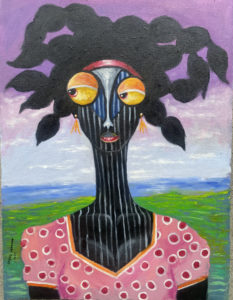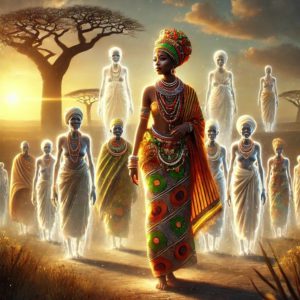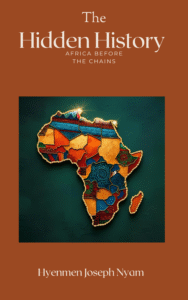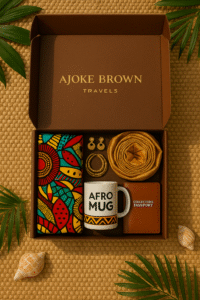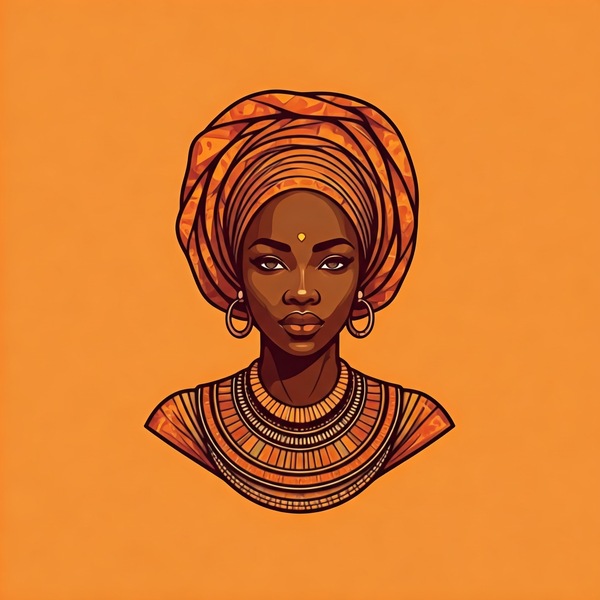Resounding Voices on the Global Stage, Rooted in Local Narratives
these artists have secured Nigeria’s place as an undeniable powerhouse in the global art world, continually enriching our understanding of art and humanity’s diverse creative spirit.

Cast aside any notions of a periphery in the art world. Today, Nigeria stands as a vibrant epicenter of contemporary African art, producing a generation of artists whose powerful voices resonate far beyond the continent’s shores. This isn’t merely an emerging trend; it’s a confident assertion of unique perspectives, sophisticated techniques, and compelling narratives that are reshaping the global art dialogue. From Lagos to London, Abuja to New York, contemporary Nigerian artists are not just gaining recognition; they are leading conversations, fusing personal experiences with universal themes, and firmly planting their local stories onto the international canvas.
A New Era of Visibility and Influence
The global rise of contemporary Nigerian art has been a deliberate evolution, built upon the foundations laid by earlier modernists. However, the sheer scale of international interest and market success in recent decades is unprecedented. This increased visibility stems from several factors:
Increased Global Connectivity: The internet and ease of travel have allowed Nigerian artists to directly connect with international audiences, curators, and collectors, bypassing traditional gatekeepers.
Dedicated Platforms: The establishment of major art fairs like Art X Lagos, along with the increased focus on African art at international fairs (e.g., 1-54 Contemporary African Art Fair in London, New York, Marrakech) and major auction houses (Sotheby’s, Christie’s), has created crucial marketplaces and exhibition opportunities.
Institutional Recognition: Leading museums and galleries worldwide are actively acquiring and exhibiting works by contemporary Nigerian artists, reflecting a broader commitment to diversifying global art historical narratives.
Artistic Excellence: Ultimately, the quality, intellectual depth, and sheer originality of the art itself have driven this global recognition.
Leading Voices and Their Diverse Narratives
Contemporary Nigerian artists are not a monolithic group; their practices are as varied as the country’s diverse cultures and experiences. Here are some prominent figures and the compelling themes they explore:
El Anatsui (born Ghana, works in Nigeria): While Ghanaian, El Anatsui’s long career and profound influence as a professor at the University of Nigeria, Nsukka, make him a foundational figure in contemporary Nigerian art. He is globally renowned for his mesmerizing, large-scale “bottle-top tapestries.” These shimmering, flexible installations are meticulously crafted from thousands of discarded aluminum liquor bottle caps, flattened and stitched together with copper wire.
Anatsui’s work powerfully addresses themes of consumerism, waste, the environment, colonialism (linking liquor bottles to the transatlantic slave trade), and the historical exchange between Africa and Europe. His art also brilliantly reinterprets traditional African textiles and metalwork, blurring the lines between painting, sculpture, and tapestry.
Njideka Akunyili Crosby (born Nigeria, works in USA): Akunyili Crosby’s captivating, large-scale paintings intricately weave together layers of photo-transfer, acrylic paint, fabric, and colored pencil. Her work often depicts intimate domestic scenes or personal portraits within a Nigerian or hybrid Nigerian-American context.
She masterfully explores themes of identity, cultural hybridity, memory, the complexities of migration, and the personal resonance of cultural exchange. The photo-transfers often come from family albums or Nigerian popular culture, creating a deeply personal yet universally relatable narrative.
Yinka Shonibare CBE RA (born UK, works in UK/Nigeria): Though based in the UK, Shonibare’s Nigerian heritage is central to his conceptual practice. He is famous for his headless, life-sized mannequins dressed in elaborate Victorian costumes made from Dutch wax print fabric.
Shonibare provocatively critiques colonialism, post-colonial identity, race, class, and cultural authenticity. The “Dutch wax print” fabric, often mistaken as authentically African, is a potent symbol of global trade, appropriation, and complex cultural histories, adding layers of irony and commentary to his visually striking works.
Bruce Onobrakpeya (Nigeria): A patriarch of Nigerian modernism and a member of the influential Zaria Art Society, Onobrakpeya’s prolific career spans decades. He is renowned for his experimental printmaking, particularly his unique “plastocast” and “bronze relief” techniques, which blend traditional Nigerian motifs with modern artistic approaches.
His work deeply explores Nigerian folklore, mythology, Christian themes, environmental issues, and socio-political commentary, often drawing on Urhobo narratives and symbols. He is a master of innovation, constantly pushing the boundaries of traditional printmaking.
Peju Alatise (Nigeria): An incredibly versatile artist working across painting, sculpture, and installation, Alatise is known for her powerful and often poignant narratives.
Her work frequently delves into gender inequality, social justice, childhood, and the complexities of human existence, often drawing inspiration from Yoruba mythology and proverbs. Her immersive installations frequently create compelling, dreamlike worlds that invite deep contemplation.
Toyin Ojih Odutola (born Nigeria, works in USA): Ojih Odutola is celebrated for her monumental and exquisitely detailed ballpoint pen and charcoal drawings. Her portraits often depict fictional characters, allowing her to explore complex narratives about identity, wealth, social status, and power.
Her work challenges perceptions of race and class, often by creating imagined societies where traditional hierarchies are subverted. She meticulously builds textures and tones with humble materials, creating a rich visual language that is both intimate and grand.
Redefining Art History
The emergence of these and countless other talented Nigerian artists has profoundly impacted the global art landscape:
Challenging Eurocentrism: They have forced a re-evaluation of art history, demonstrating that innovation and artistic brilliance were not exclusive to Western centers.
Diversifying Narratives: Their works bring fresh perspectives on universal human experiences, while also shedding light on specific African realities, enriching the global cultural conversation.
Inspiring New Generations: The success and visibility of these artists inspire a new generation of creatives within Nigeria and across the African diaspora, fostering a thriving local art scene.
Bridging Tradition and Innovation: Many contemporary Nigerian artists masterfully integrate traditional techniques, materials, or philosophical concepts into cutting-edge contemporary forms, demonstrating the enduring relevance of heritage in a globalized world.
Nigeria’s Artistic Renaissance
Contemporary Nigerian art is more than just a trend; it’s a testament to a nation’s enduring creativity and resilience. Its artists are not merely responding to global trends but are actively shaping them, producing works of profound beauty, intellectual rigor, and cultural significance. By fearlessly exploring local narratives and connecting them to universal human experiences, these artists have secured Nigeria’s place as an undeniable powerhouse in the global art world, continually enriching our understanding of art and humanity’s diverse creative spirit.

